Inquivix HQ
1-903, 18 Eonju-ro 146-gil,
Gangnam-gu, Seoul, Korea
06057
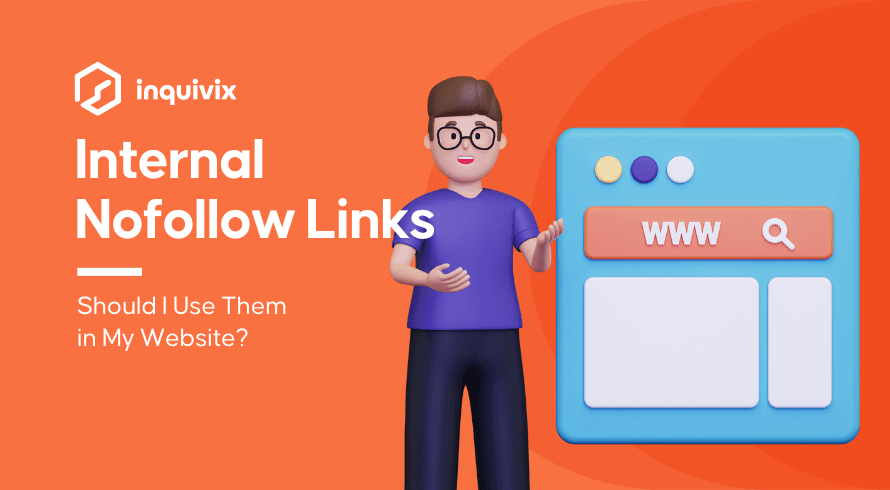
Internal nofollow links refer to all the internal links with the ‘rel = “no follow”’ tag. As an SEO specialist or as an online marketing operator you might have come across such links. We all know that internal links are the links that connect the pages and the posts of a particular website together. On the other hand, the purpose of the nofollow attribute is to indicate Google or search engines to ignore those links with this attribute. Thus, what are these internal nofollow links? What do they do? Is it a good idea to include them on your website? Or will it harm my website?
In this blog, we are about to discuss what internal nofollow links are and whether internal unfollow links are really beneficial for websites.
What Is the Nofollow Attribute?
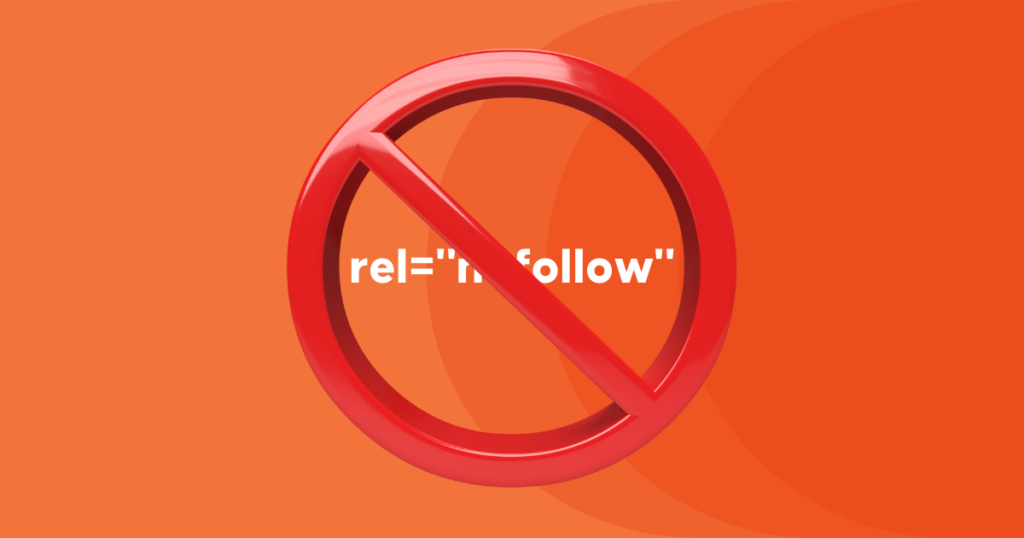
The nofollow attribute was introduced in 2005. The main reason for its introduction was the increasing spam of negative links in blog comments. That means, Google introduced the nofollow tag or attribute to fight comment spam. As a result, the nofollow attribute came into being in order for us to warn search engines not to follow the link that is carrying this attribute. If you want to recognize what a nofollow link looks like, it is nothing unusual. A nofollow link is simply a hyperlink with a rel=”nofollow” tag.
If you are a blogger or a blog reader, you might have come across comments in which other bloggers try to raise the search engine rankings of their own websites by posting linked blog comments such as “Click here to visit my SEO marketing strategy site”. Such comments are known as “Comment Spams”. Therefore, by using the nofollow attribute on hyperlinks, such links that appear in comment spam would not get any credit when we rank web pages in our search results.
Are Nofollow Links a Google Ranking Factor?
Knowing whether there is a connection between nofollow links and Google search engine rankings is important. Although Google introduced this HTML attribute to support web page owners to fight comment spam, a nofollow link is NOT a Google ranking factor. Nofollow tags are only useful in hinting at Google and search engines to avoid following a link with the unfollow attribute.
What Is an Internal Link?
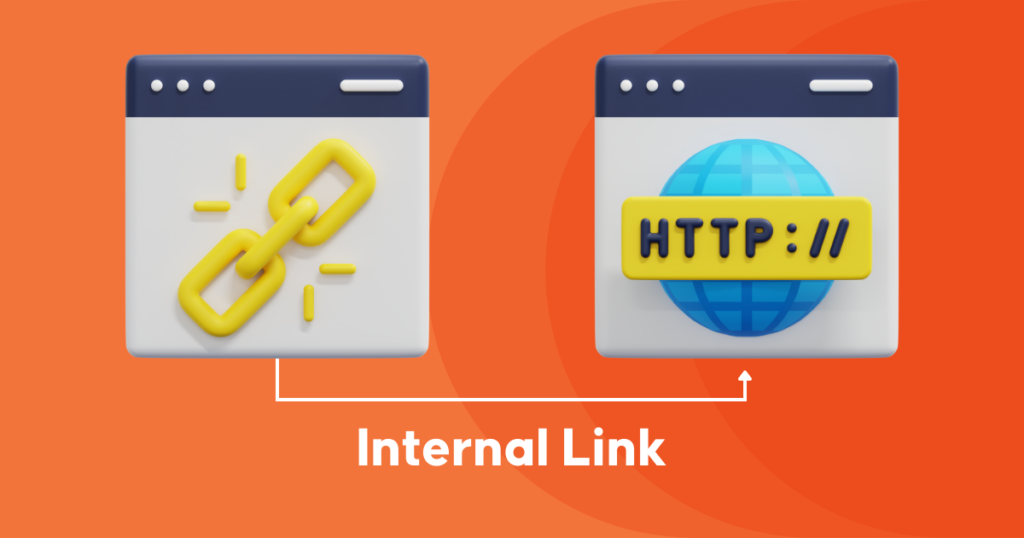
An internal link refers to a link that is present on one page on your website that can direct you to another page on your website. In simple words, internal links connect pages and posts on your website. Internal links are useful for both the users and search engines to find content on your website. Internal links are used by the users to direct themselves from one location of the website to another on the same website. Basically, internal links make it easy for users to navigate within the website itself. Similarly, search engines also use these internal links to navigate from one page to another on your website.
What Is an Internal Nofollow Link?
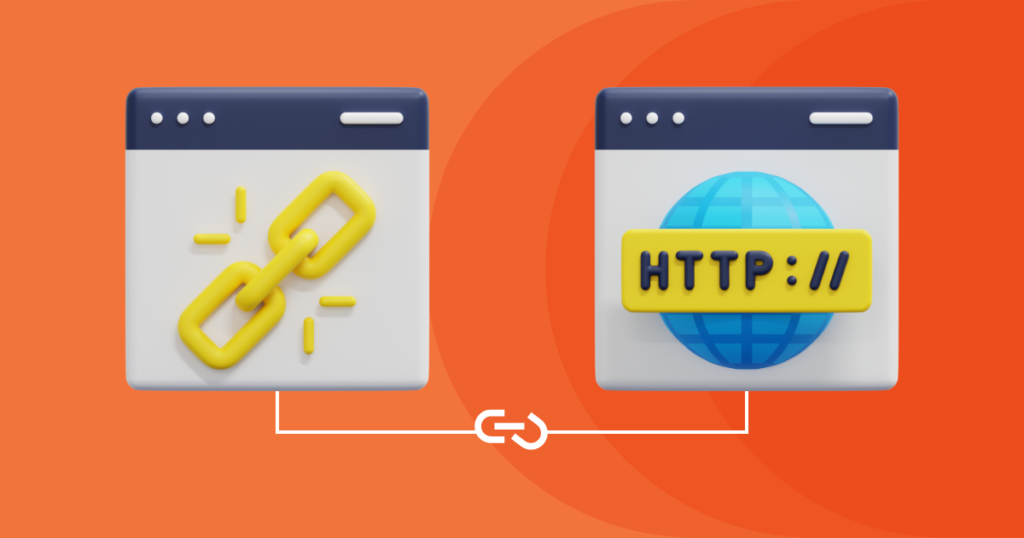
In simple words, an internal link that features the nofollow attribute can be recognized as an “Internal Nofollow Link”. Internal unfollow links are not something unusual for bloggers and blog readers. Such links with unfollow tags can be seen on hundreds of websites. However, the usage of internal unfollow links is entirely the decision of the website owners. According to the requirement of the site owner, he or she can include the unfollow attribute to the internal links.
Why Do Websites Use Internal Nofollow Links?
The majority of websites do not use the unfollow tag for all of their internal links. On most occasions, they use this tag for links that navigate the user to other types of pages.
On the one hand, some websites use these internal nofollow links for pages that contain the same type of content. That means if two or more pages seem to have the same content, the website owner applies the nofollow attribute for the links that navigate a user to those pages. This way, those duplicate content pages will not be ranked by the search engines.
On the other hand, some websites use internal nofollow links for their privacy policy page and their terms and conditions page. The reason is that the users who want to know your site’s terms and conditions and privacy policies usually will visit your page to find out about it. They will not necessarily search for that information in the search engines. Therefore, these pages do not generate much search traffic.
Another instance where website owners use internal nofollow links is for account login pages. Similar to the terms and conditions pages and privacy policy content pages, account login pages do not generate much search traffic. Thus, the websites which request the visitors to make an account may use internal links with the nofollow attribute.
How Do You Check If a Link Is Nofollow?
You can check whether a specific link is nofollow or not only with a few steps.
STEP 01 – Right-click the anchor text of the hyperlink and select “Inspect” or “View Page Source”.
STEP 02 – Check the highlighted code. If it has a tag mentioning ‘rel = “nofollow”’, that means, the hyperlink is a nofollow link.
For Google Chrome users, if you use the “Strike Out Nofollow Links” extension, automatically the nofollow links on websites will be identified.
Is It Good to Use the Nofollow Tag in Internal Links?
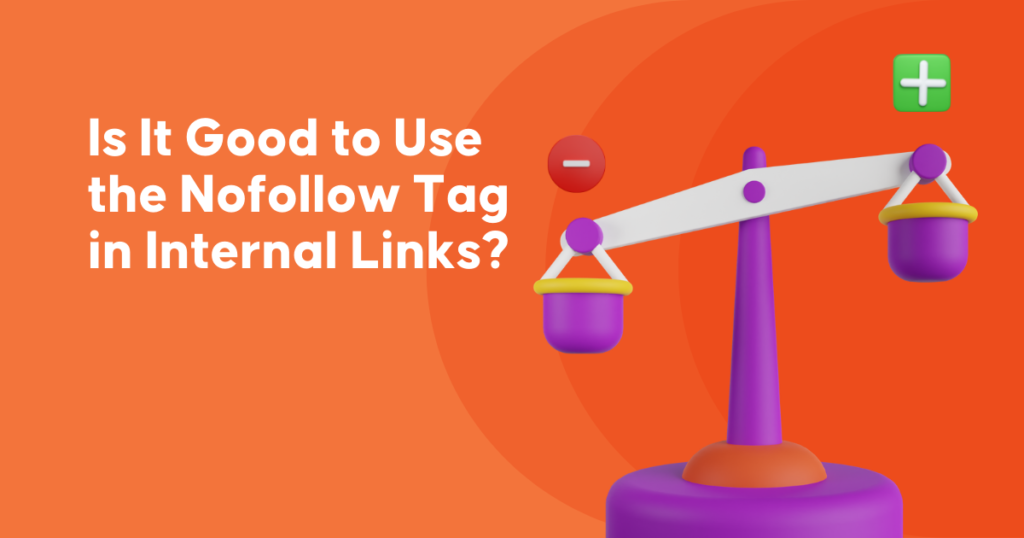
According to the Anti-Spam Department Ex-Director, Matt Cutts, using the nofollow attribute in internal links is more harmful than doing any good for the website. He has mentioned that using nofollow internal links is a waste of time. In addition, as the search engines rank those internal nofollow links, there is more probability to hinder the ranking of your page as well.
Nonetheless, although the nofollow attribute is an HTML tag introduced by Google, we cannot consider all the inclusions Google facilitates in improving our websites. Sometimes, when using those new inclusions, we should be well aware of all the pros and cons that come with them. Internal nofollow links share this trait.
Although there are benefits of using internal nofollow links on your websites, there are reasons to avoid using them as well. Now, we basically use a nofollow tag in an internal link to prevent it from getting indexed by Google or other search engines. However, sometimes these do not happen in the way they are said to happen. That means, there will be occasions where the pages to which nofollow internal links navigate may be indexed.
Earlier, with the past Google algorithms, the purpose of nofollow links was fulfilled to the point. That means the search engines did not follow the links with the nofollow attribute. However, with the latest Google algorithm, the way how search engines process these nofollow attributes has changed. Therefore, Google might follow the internal nofollow links, and also Google will rank those pages as well.
Alternatives for Internal Nofollow Links
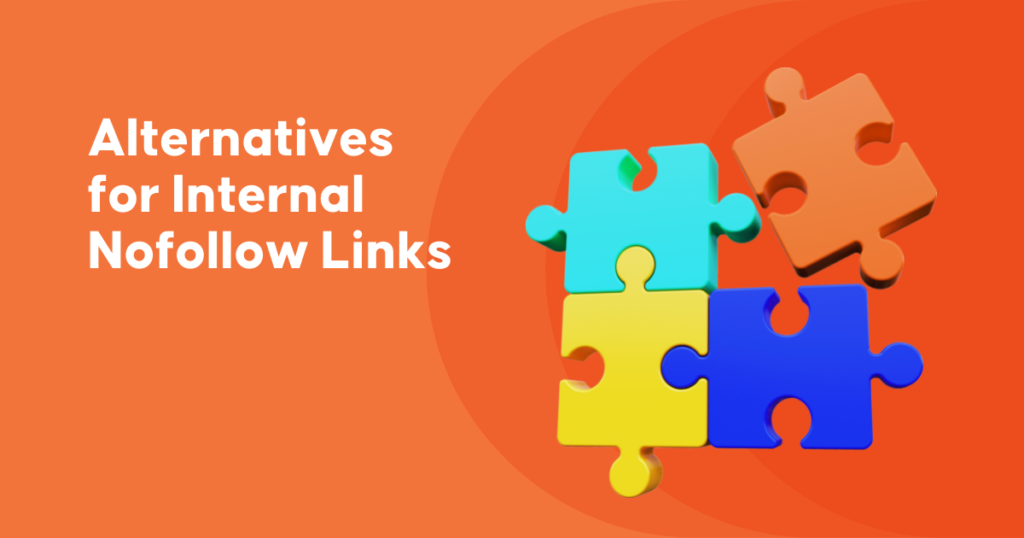
As you can see, having internal nofollow links does not bring any difference to your website other than disruptions. So, what can you do instead of using internal nofollow links?
If your website has a page that you do not want the search engines to index and rank such as pages with duplicate content, instead of using internal nofollow links, you can use canonical tags.
Canonical tags are also a type of HTML tags that identify the original location of a duplicate page. When you insert a canonical tag to a duplicate page, you can insert the address of the original page as well. As a result, the search engines will only index and rank the original page that is indicated in the canonical tag.
Using a noindex directive is another alternative that websites can use instead of nofollow attributes. The noindex directive directs search engines not to index and rank that particular page.
So, Having a Solid Internal Linking Strategy Is Key

Obviously, without internal links, your website will not be able to survive in Google rankings. That is why you need to have a solid internal linking strategy. As now you can understand, not all HTML attributes are worth using on your website. They have pros and cons. You have to come up with a good plan to decide which pages should be seen and which pages should not be. Therefore, updating your knowledge about every tool online is mandatory.
We hope this blog brought out something important to improve your content marketing efforts. At Inquivix, we live and breathe content. Check out our comprehensive knowledge factory to know more about SEO and online marketing.
FAQs
A nofollow link refers to a link that does not send traffic to the website that is being linked. However, the link will be visible on the SERPs, but the search engines do not index or rank that particular linked site.
Yes. it is better if you can avoid using internal nofollow links on your website because these nofollow links can disrupt your index and ranking in Google and search engines.
